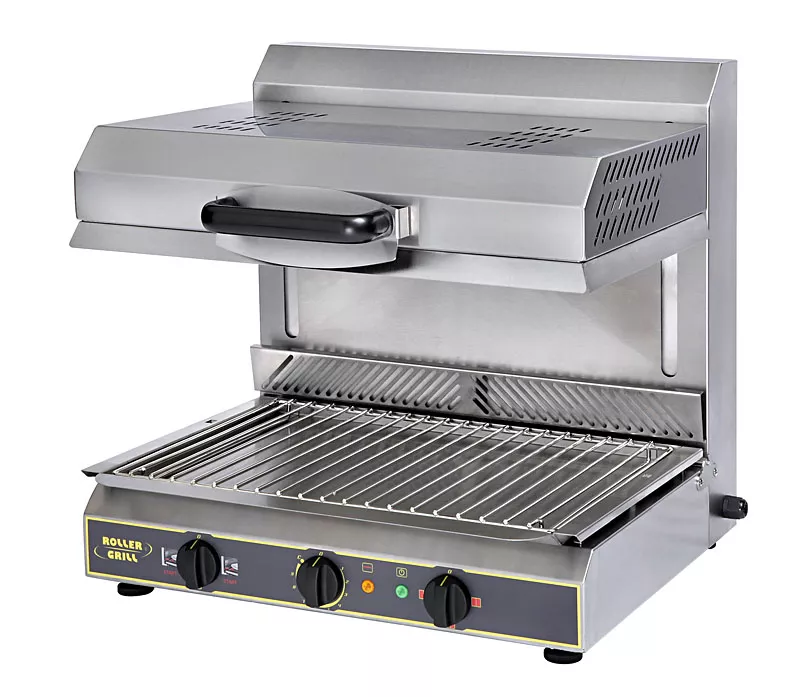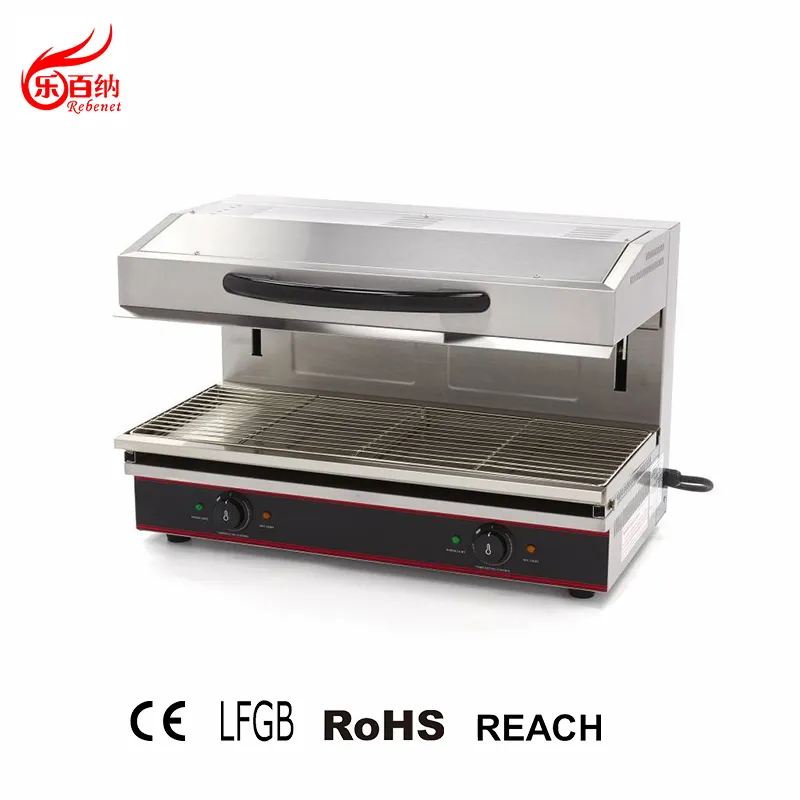Salamander grills have gained immense popularity for their unmatched heat intensity and precision, earning a reputation as indispensable tools in professional and upscale home kitchens alike. Renowned for their versatility in broiling, toasting, caramelizing, and finishing dishes, these compact appliances offer features that elevate them above traditional ovens and grills. Here’s an in-depth look at their features, types, applications, and why they’re a game-changer for culinary enthusiasts.
What Is a Salamander Grill?
A salamander grill is a high-performance appliance designed for rapid, precise cooking. With top-down heating elements capable of reaching temperatures up to 1,500°F (815°C) in seconds, salamander grills are perfect for browning, melting, or crisping dishes to perfection. Compact and efficient, they are typically wall-mounted or placed on countertops, making them an excellent choice for busy kitchen environments.
Key Features of Salamander Grills
- Intense Heat Control: Salamander grills offer precise temperature regulation, ensuring consistent results and enhanced cooking efficiency.
- Adjustable Racks: Movable racks allow food to be positioned at the optimal distance from the heat source, preventing overcooking or burning.
- Energy Efficiency: Designed for short cooking times, salamander grills consume less energy than conventional ovens.
- Compact Design: Their small footprint makes them ideal for kitchens with limited space without compromising on performance.
- Versatility: From broiling and toasting to caramelizing and melting, these grills excel in a variety of culinary tasks.

Types of Salamander Grills
- Gas-Powered Salamander Grills: These use natural gas or propane for quick temperature adjustments, making them a favorite in high-demand commercial kitchens.
- Electric Salamander Grills: Perfect for kitchens without gas access, electric models provide consistent performance, although they may require slightly longer preheating times.
- Wall-Mounted Salamander Grills: These space-saving models are ideal for professional kitchens, offering convenient accessibility.
- Countertop Salamander Grills: Compact and portable, these are excellent for smaller kitchens or spaces with limited counter availability.
Applications of Salamander Grills
Salamander grills shine in various culinary tasks, offering versatility that enhances their value in any kitchen:
- Broiling Meats: Perfect for achieving a seared exterior with a juicy interior, making them ideal for steaks and chops.
- Toasting Bread: Ensures evenly toasted sandwiches, garlic bread, or buns.
- Melting Cheese: Delivers perfectly melted, golden cheese on dishes like pizzas, gratins, or French onion soup.
- Finishing Dishes: Adds a crispy crust or caramelized layer to cooked meals, such as casseroles or steaks.
- Caramelizing and Crisping: Ideal for desserts like crème brûlée and creating a crisp finish on roasted vegetables.

Advantages of Using a Salamander Grill
- Speed: The rapid heating capability allows for fast cooking, saving time in high-pressure kitchen environments.
- Precision: Adjustable racks and powerful heat ensure meticulous control over cooking results.
- Space Efficiency: Compact designs optimize kitchen space while offering top-tier performance.
- Versatility: These grills accommodate a wide range of cooking techniques, from broiling to caramelizing.
- Energy Efficiency: With reduced cooking times, they minimize energy consumption, supporting eco-friendly practices.
Conclusion: Elevate Your Culinary Creations with a Salamander Grill
Salamander grills bring together efficiency, precision, and versatility, making them a must-have for professional chefs and home cooks looking to achieve restaurant-quality results. Their ability to broil, toast, melt, and caramelize with unmatched speed and accuracy ensures exceptional performance for any dish. For those aiming to elevate their cooking game, investing in a salamander grill is a decision that promises to transform your culinary experience.
